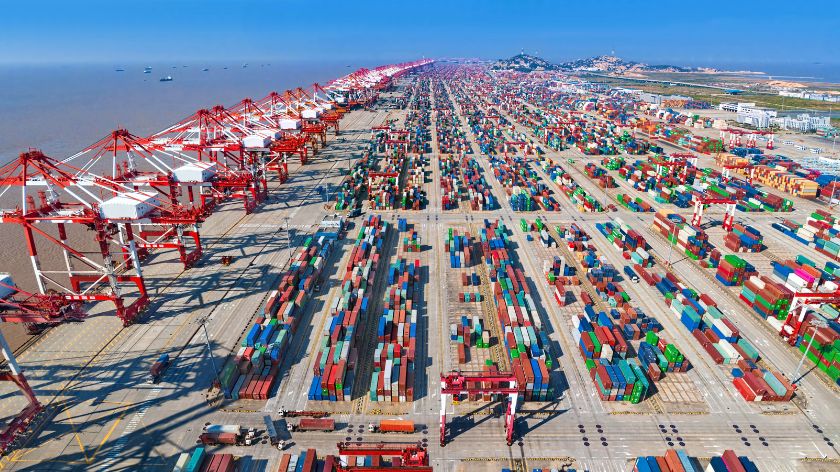In recent days, several international media have reported news that has surprised even the scientific community: the Three Gorges dam, the world's largest hydroelectric power plant, not only generates energy and regulates the Yangtze, but is also altering the rotation of the Earth. This was recently confirmed by NASA, which warned that the mass of water held back by the dam has slightly shifted the earth's axis and lengthened the day by 0.06 microseconds.
Although the project was completed more than a decade ago, its magnitude and consequences are still causing a stir. For the Three Gorges Dam is not just an imposing piece of infrastructure: it is a symbol of China's ability to execute colossal projects, with a technical, strategic and long-term approach.
Where it is and what makes it special
The Three Gorges Dam is located in the Xiling Gorge near Yichang, Hubei Province. It is 2,335 metres long and 185 metres high. Its construction began in 1994 and was officially completed in 2006, although the last turbines did not come into operation until 2012. To give you an idea of its magnitude: 27 million cubic metres of concrete and 463,000 tonnes of steel were used, enough to build 63 Eiffel Towers.
But what really makes it special is its power: it has 34 turbines (32 of 700 MW and 2 of 50 MW), reaching a total installed capacity of 22,500 megawatts. It produces more than 100 TWh per year, making it a key part of the country's electricity supply.
Benefits: energy, flood control and navigation
The dam was designed with several objectives in mind. The first was to generate clean energy to reduce dependence on coal. Second, to control the Yangtze's devastating floods, which historically occurred every 10 years and are now estimated to occur every 100. Thanks to a five-level lock system and a boat lift, transport inland, including to the city of Chongqing, has become much more efficient.
The numbers that change everything
With a retention capacity of 22 km³, the dam has transformed the flow of the Yangtze, allowing for much more precise water management. The resulting reservoir is 660 km long and has created new opportunities in sectors such as transport, agriculture and tourism.
But there are also less friendly figures: more than 1.2 million people were relocated, and 632 km² of land area was flooded, including villages and archaeological sites. The ecological impact has been significant, with alterations to local ecosystems and geological risks associated with the weight of the reservoir.
An impact that reaches into space
One of the most curious and surprising facts is that the volume of water retained (about 40 km³) has had an effect on the Earth's own rotation. According to NASA, the day has lengthened by about 0.06 microseconds and the Earth's axis has shifted by about 2 cm. Although imperceptible to everyday life, this phenomenon is evidence of the extent to which an engineering project can alter the natural balance of the planet.
What we can learn from imports
Beyond its energy or environmental impact, the Three Gorges dam is a striking example of the way China approaches its major projects. There is no improvisation: there is vision, investment and rigorous technical execution.
This also translates into industrial production processes and the country's ability to offer globally competitive products. When exacting quality standards, proper oversight and collaboration with the right partners are applied, the result is comparable - in its scale - to the great milestones of modern engineering.


















